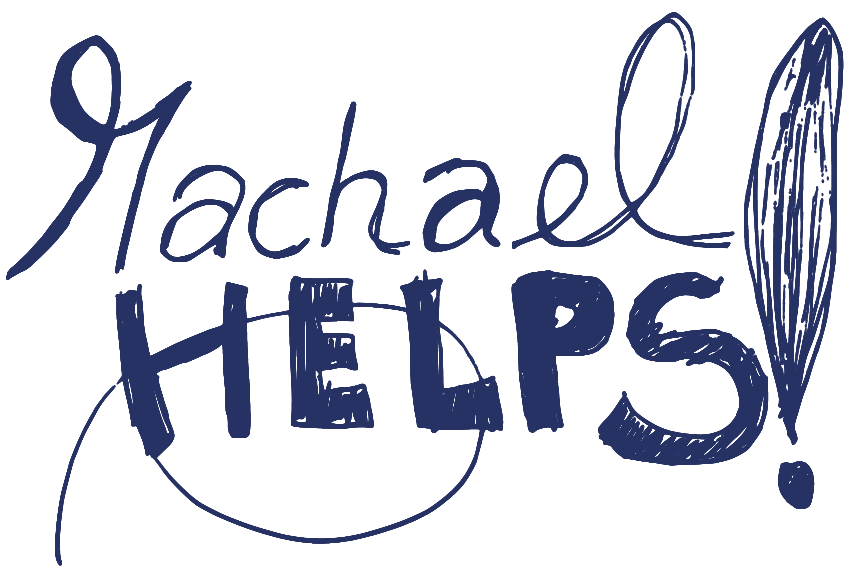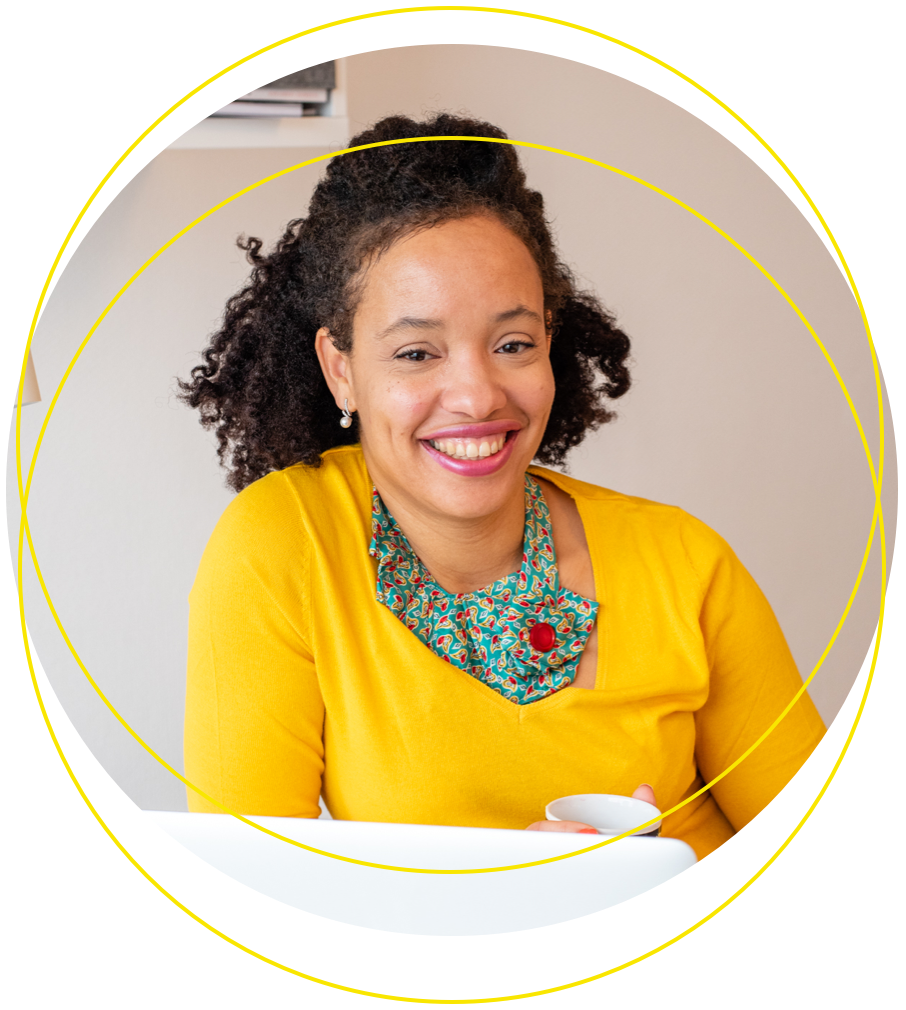Bee and Garden Spider: A children story in French for self-learner [Level A2 to B2]
Written by:Bonjour! I'm Rachael | 04 Dec 2017 in Learning French? | 4 Commentaires ⤵️
![Bee and garden spider: a children story in french for self-learner [level a2 to b2] 1 Editions memo nantes](https://www.rachael-helps.com/wp-content/uploads/2017/12/logo-editions-memo.png) I’m so excited that we can do our first Storytelling ‘N French for you: Abeille et Épeire by Émilie Vast, with the permission of éditions MeMo based in Nantes, France (a publisher of children and young adults books) and also the author Émilie Vast.
I’m so excited that we can do our first Storytelling ‘N French for you: Abeille et Épeire by Émilie Vast, with the permission of éditions MeMo based in Nantes, France (a publisher of children and young adults books) and also the author Émilie Vast.
Before you dive in (the video that is), are you new to my blog?
Or did you just find this video randomly on the internet?
Either way, I suggest that you read this article first: “Learn French with stories – Storytelling in French for self-learners“. It will bring you up-to-date with our Storytelling ’N French process and maybe answer some hidden questions that you might have.
Now on to the book.
I found this children’s book (Abeille et Épeire) par hasard (as they say in French) in a local bookstore here in Toulouse. Drawn to the book by the illustrations and the WORD “Épeire”, I was like humm “I’ve never heard of that word before in French nor have I heard someone else use this word”.
What does épeire mean????
So I bought the book.
Once I got home I read the book twice and I didn’t look up the word épeire in the dictionary. I knew I would find some clues in the book that would hint out the meaning.
And I did.
The clue was every time I saw that word, I saw an image of a spider associated with it. After I read the story twice and knew épeire meant spider, it was time for me to pull my dictionary out.
So, what type of spider does épeire mean?
It means garden spider.
Boom, I learned a new word in French, épeire, and it is now engraved into my memory thanks to the story of Abeille et Épeire.
My level in French might be different from yours, I’m C2 (master – proficient), so I can read effortlessly understanding almost everything I read or hear in French (at the beginning of my language learning journey it wasn’t like that). Although sometimes I come across words I don’t know like épeire.
For a self-learner who has a beginner to intermediate level in French, here’s how you can use this book and video to learn new vocabulary and everyday verbs.
Step 1: you just need to listen.
You just need to listen and to get used to hearing French spoken.
Here you just want to listen several times without picking up the dictionary.
I would advise you to listen attentively (your undivided attention) three times.
No multi-tasking on Facebook, Netflix in the background, music etc…
This is really the first important step to learning a language.
Step 2: look for clues
Are there any images that are associated with that word?
How many times is the image repeated with that word?
Write down the clues that you found. Write the word you saw and heard in French and the image it was associated with in your language (for me that would be English).
My advice is to get creative with step two and turn into Inspector Gadget or Sherlock Holmes.
Be that detective who finds clues in the book (I played this game with some language learners and it works).
Step 3: break out the dictionary
Now it’s time to look up your clues.
Were you able to guess the meaning with the images that were associated with the word?
I love this part. Try to play this like a game.
Step 4: talk like a parrot
Now that you have just learned some new vocabulary, it’s time to start repeating them like a parrot.
This is an imitation technique that will help you learn how to correctly pronounce a word in another language.
Replay the video, but this time try to imitate and repeat what H.B said in the video.
Have you ever been mimicked by someone when you were a child or an adult?
Well, this is it. Pretend to be your brother or sister and mock H.B in the video (I incarnate my master mocker brother).
Step 5: wash, rinse and repeat
If you’re new to self-learning I would advise to go slowly and keep the background noise to a minimum (multi-tasking on Facebook, Netflix in the background, music).
Go through step 1 to 4 as many times as needed.
Once you feel that you have learned some new vocabulary, verbs and are able to mimic H.B then it’s time to move on to another book.
I hope that our Storytelling ‘N French will show you a different technique for learning a language (no matter what age you are).
While you’re in the process you can discover different French authors, French culture, idioms and more.
We are looking for those diamonds in the rough. There are lots of great children’s stories, French authors, and illustrators in France. So, no Three Little Piggies here.
![Bee and garden spider: a children story in french for self-learner [level a2 to b2] 3 Bee and garden spider by emile vast](https://www.rachael-helps.com/wp-content/uploads/2017/12/book-cover-bee-garden-spider-255x300.png) If you enjoyed our video and this blog post, please support the author & éditions MEMO by Purchasing the Book Here:
If you enjoyed our video and this blog post, please support the author & éditions MEMO by Purchasing the Book Here:
Amazon France: http://amzn.to/2AQI9Cr
Psst!
It’s better to order directly from Amazon France and not the US because the cost comes out cheaper with the exchange rate via your credit card, and the shipping via amazon too!
Amazon USA: http://amzn.to/2zObS1K
In the comments below, I’d love to hear from you.
Please share yours!
- Have you already tried this technique before?
- How did you feel afterward, and what changes happened in your language learning process?
- What’s keeping you from doing these simple exercises?
I love learning about new techniques in self-learning.
Please share yours!
If you enjoyed this post, I’d be very grateful if you’d help it spread by emailing it to a friend or sharing it on Twitter or Facebook.
Would you like to be notified when the next Storytelling ‘N French video is online?
Also my no-bull-shit perspective on surviving in France (life, work, relationships and more)?
Then sign-up to une lettre de Rachael.
I will write you two lettres (letters) per month. Yes, the old fashion way.
Sound cool?
Sign-up here to une lettre de Rachael.
Thank you for reading and adding your perspective to the conversation!
See ya in the comments down below.
Remember to LIVE, LOVE & design your life the way you want it to be.
Rachael HELPS!

